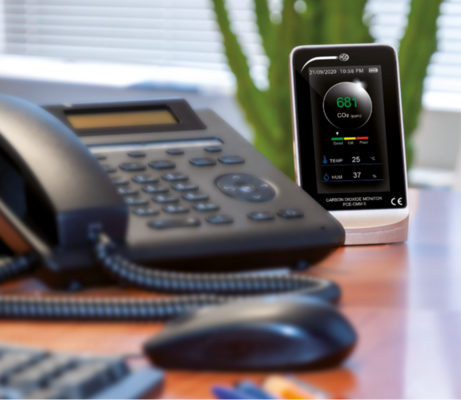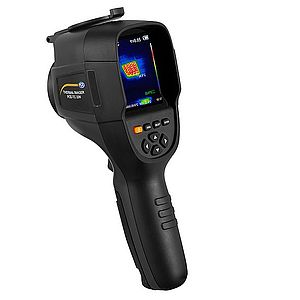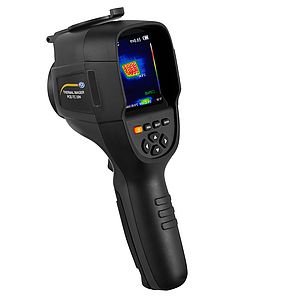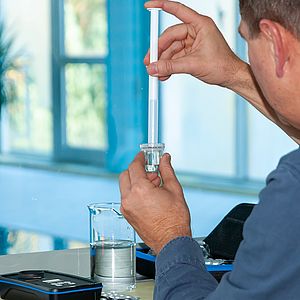PCE Instruments. Sufficient ventilation and compliance with hygiene standards help to control the spread of infectious diseases. The SARS-CoV-2 industrial safety regulation of 20 August 2020 explicitly points out that simply increased ventilation can effectively reduce the concentration of viruses in the room air. As a guide value, which should be undercut if possible, reference is made to the value of 1,000 ppm CO2 from the German Technical Rules for Workplaces ASR A3.6.
Risk of infection indoors
It is undisputed that the risk of infection in the winter is already increased by the fact that a lot of time is spent indoors with potentially virus contaminated air. The German Robert Koch Institute also writes in its fact sheet on the novel coronavirus SARS CoV-2 (as of 13 November 2020) in item 2 Transmission paths that prolonged stays in poorly ventilated rooms increase the probability of becoming infected by inhaling viruscontaminated aerosols.
Even people who are unaware of their infection and have no recognisable symptoms can release viruses into the air when breathing, speaking or singing. Case studies from choir rehearsals, church services and work in the meat industry have shown that infections are possible in indoor rooms without sufficient air exchange, even if wider distances are kept.
CO2 content as a guide value for indoor air pollution
The concentration of viruses and harmful substances in indoor rooms can be provably reduced by adequate ventilation. This does not mean, however, that the windows must be open all the time and that the room must cool down to the outside temperature. The frequency and duration of ventilation can be adapted to the current indoor air pollution level by using suitable test instruments. The CO2 content is a good indicator of the pollution of indoor air with respiration-dependent pollutants. In both ASR A3.6 and EN 13779 for mechanically ventilated rooms, the CO2 value is defined as a guide value for air quality. A value of 1,000 ppm is considered to be hygienically harmless whereas between 1,000 and 2,000 ppm, ventilation is recommended and over 2,000 ppm, ventilation is required. Of course, lower values should be aimed at, taking into account that the outside air already contains 350 ppm to 440 ppm of carbon dioxide.
Use of simple CO2 monitors
Many public authorities, retirement homes, church communities, universities, schools and kindergartens already use CO2 monitors on their premises. With the help of these meters, it can be quickly determined whether the indoor air contains so much carbon dioxide that the room should be ventilated. PCE Instruments offers different easy-to-handle devices for CO2 measurement. These air quality meters show the CO2 value and many models additionally show a colour coding which facilitates the evaluation of the air quality.
Conclusion
With the help of a CO2 analyser, it is possible to ventilate in a targeted manner, i. e. when the air pollution is too high and exactly until it has fallen far enough. In this way, ventilation can be adapted to the actual conditions on site, regardless of inflexible time limits and subjective perceptions. All air quality meters from PCE Instruments show not only the CO2 content but also the temperature and humidity of the room air. All three values influence the well-being and thus the concentration and performance. Even if the viral load is no longer an issue, the air quality meters can be used to monitor the air quality and to control the ventilation behaviour.
Ludger Droste, PCE Instruments






















